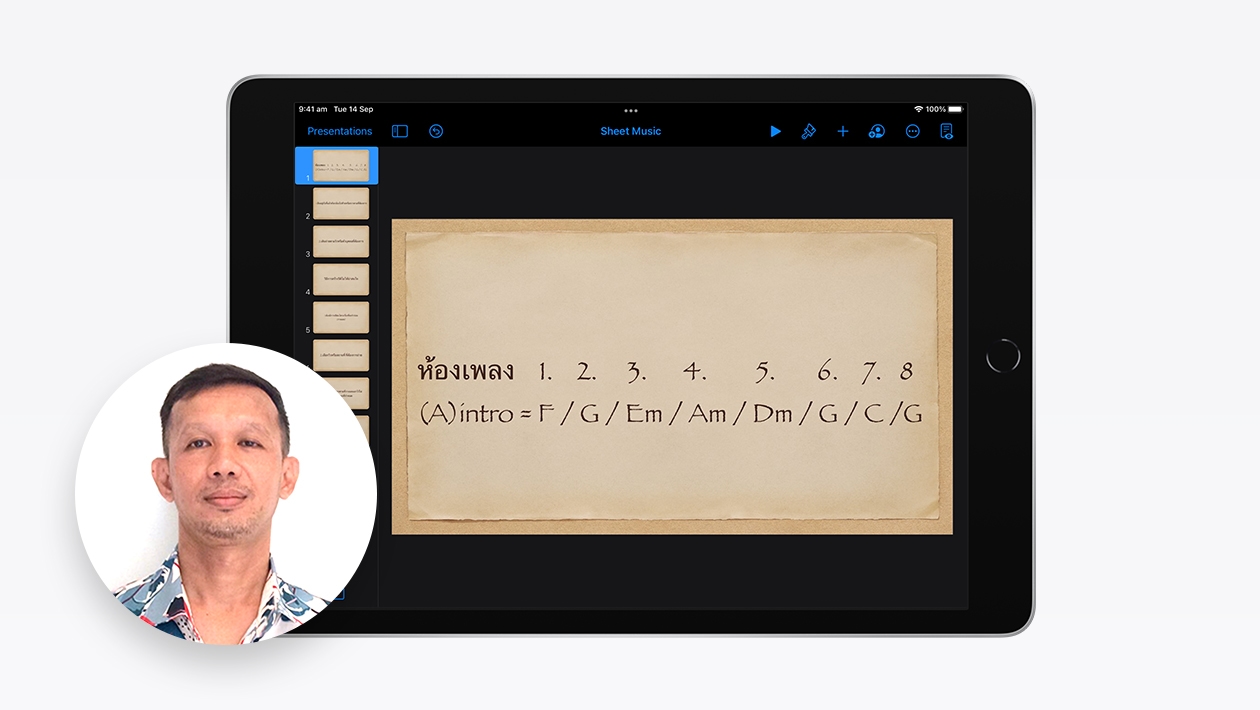Example Podcast I shared with students based on student discussion of self-regulation tools
I worked with a second-grade class that were already using a variety of self-regulation tools and asked them to share when and how they used them with others in the school community. This put the task of creating and sharing information in the hands of students. It was also a really great way to practice descriptive language and sequencing with students who were learning English.
Since many students are camera shy, or don’t have permission to share their photos, creating a Podcast opened this project to many students who wouldn’t be able to participate if the Tool of the Week was produced as a movie.
Tool of the week examples
We started with a discussion of regulation tools students use, which were their favorites, when they used them, and the process of how to use the regulation tools. This was a great way to practice the language they would use during the recording in a low-stress environment.
I explained the concept of a recording a podcast and shared the project instructions on how to use voice recording tools in GarageBand. They recorded themselves in an interview style with one student asking about a self-regulation tool, and other students answering it. Because they had practiced their questions and answers several times, there wasn’t a lot of editing that needed to be done. Students first trimmed some of the empty space before they began talking. Then they adjusted the timing of different regions or recordings. Selecting multiple regions by touching a region, then dragging their fingers across all of the regions they needed to move made this process quick. Last, students adjusted the volume of each track using the track headers to make sure that the volume was consistent among all of the added tracks.
We had to experiment with finding a good space to record since much of the school is open and hallways are busy. Some students chose an out of the way corner in a common space between passing times or a nook in the library between classes. Some students found that they preferred to record themselves from under their jackets to avoid ambient noise; as long as the jacket didn’t brush against the built-in iPad microphone, it worked really well!
We then talked about how we might use voice and sound effects to make our podcast entertaining for our audience. Students had a fun time exploring the different voice and sound effects on their voice recordings. The students brainstormed and experimented with where to put effects, and how they might use voice effects to add meaning and excitement to their content. I was surprised with how few effects they ended up adding to their final project; I expected them to go wild with effects, but since we talked about what made sense first, they were able to rein themselves in without me interfering in their decision-making process. Giving students time to explore and preview different effects before adding them to the project helped students realize that some effects made more sense than others. For example, since the Volcano Breath is a tool to calm, they chose effects that were slow and calm to reflect the goal of the regulation tool.
The Toy Box Sound Effect Pack was especially useful since it included counting in different languages. Using an Apple Pencil was helpful for students to be able to make some finer adjustments, and it was just really fun for them to use a tool they don’t normally get to use!
Finally, we shared their finished podcast product via our Learning Management System with all staff and students. The feedback we got was exciting because students appreciated hearing other student voices, rather than a staff voice. Staff were given both the audio recording, and a movie with a static background for sharing. This was helpful since students were used to seeing short videos of the tool of the week, so they could interact with the media in the same way, but since it was a static background, they could practice the move while listening, rather than having to watch, then practice the tool.
There were a lot more students who volunteered to create our next podcast episode at all grade levels, and teachers saw the power of using student created podcasts to share information. Many of them are working to build some routines and structures for students to be able to independently create podcasts to share their learning!
Moving forward, I think it will be easy to replicate and expand this project by partnering students who created the first episode and understand the process and tools with students who haven’t created in GarageBand yet. This will keep ownership of the project in the hands of students, and create independence with a project that doesn’t require a lot of oversight from our already very busy staff.
💡 As your students create more podcasts, one tip to keep them organized in your files is to change the cover image when you save the song in GarageBand. Create a square picture with an icon and text reflecting the title of the podcast episode in your favorite app. Then when you’re ready to save, scroll to the bottom of the Share a Song menu and choose the photo to replace the GarageBand photo. This will make it easy to find when you’re looking at multiple episodes in a file menu.













August 16, 2023 . English
English
This is a great way to get students involved in self regulation tools and guidelines. Your point about students using podcasts instead of being on camera is a good one. And I love the Volcano Breath! Thanks!
This action is unavailable while under moderation.
This action is unavailable while under moderation.